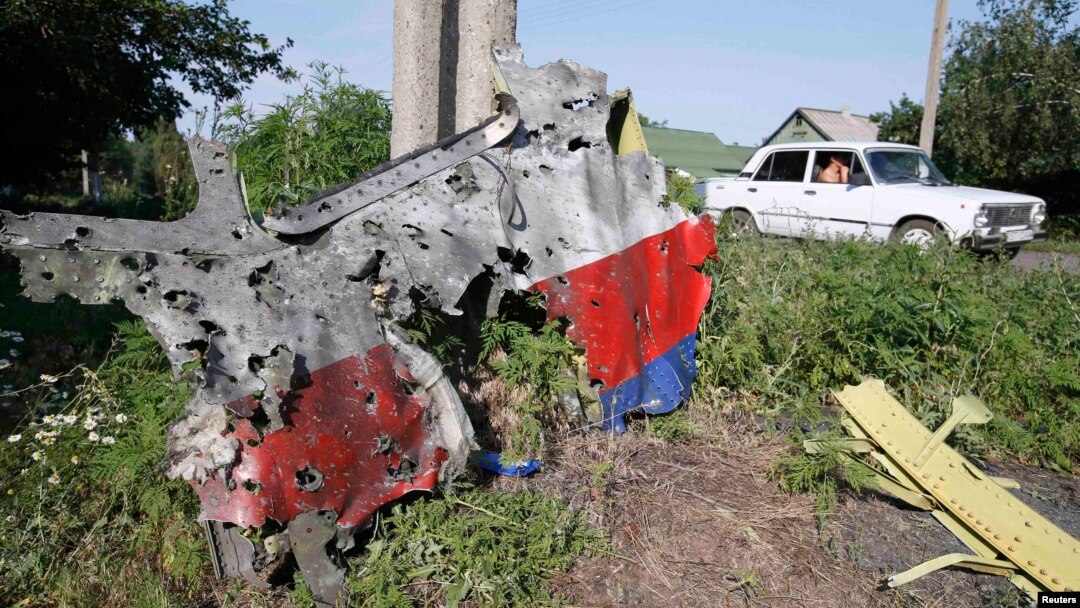Malaysian Prime Minister Najif Tun Razak says a Dutch investigation suggests Malaysian Airlines flight MH17 was shot down by a ground-to-air missile on July 17 over eastern Ukraine.
Razak issued the statement after the Dutch Safety Board’s preliminary report on September 9 said the plane was brought down by a large number of “high-energy objects” that penetrated the aircraft.
That report also said there were no indications the crash was caused by “technical faults” or "an error by the crew.”
Razak welcomed the report, saying in a statement that its key conclusion "leads to the strong suspicion that a surface-to-air missile brought MH17 down, but further investigative work is needed before we can be certain."
All 298 people aboard, most of them Dutch citizens, died in the crash near the eastern Ukrainian town of Torez.
Pro-Russian separatists in eastern Ukraine on September 9 repeated their claim they did not have weaponry capable of shooting down the plane -- despite reports that a Russian-supplied BUK missile launcher was deployed in separatist territory and fired a missile at the time of the crash.
Kyiv and the West accused Russian-backed separatists of mistaking the plane for a Ukrainian military jet and shooting it down with a surface-to-air missile supplied by Moscow.
The Kremlin and pro-Russian separatists deny the charge and blame Ukraine.
Separatist fighters initially blocked international monitors from reaching the crash site but allowed investigators into the area several days after the crash.
The bodies of most of the victims were recovered before fighting between Ukrainian forces and pro-Russian separatists three weeks later brought an end to further investigation.
The Dutch board's chairman, Tjibbe Joustra, said initial results of the investigation "point towards an external cause" for the crash.
He said more research is needed to determine the cause "with greater precision," adding that additional evidence will be available "in the period ahead."
The Dutch investigators’ report, posted on September 9 to the safety board's website, said the plane’s wreckage was "pierced in numerous places” by "high-energy objects" that likely broke the plane apart and sent it crashing to the ground.
The 34-page report said such a scenario would explain the "abrupt end" to the data on the flight recorders and loss of contact with air-traffic control and the aircraft's sudden disappearance from radar.
It said detailed examination of the structural damage is continuing and that "forensic examination will be performed if the wreckage can be removed."
The preliminary report did not assign blame and appears unlikely to cause Moscow or the West to shift their positions on who was responsible.
Joustra said investigators will try to produce a final report within one year of the crash.
The United Nations says more than 3,000 civilians have been killed as a result of the conflict in eastern Ukraine, including those onboard flight MH17.


